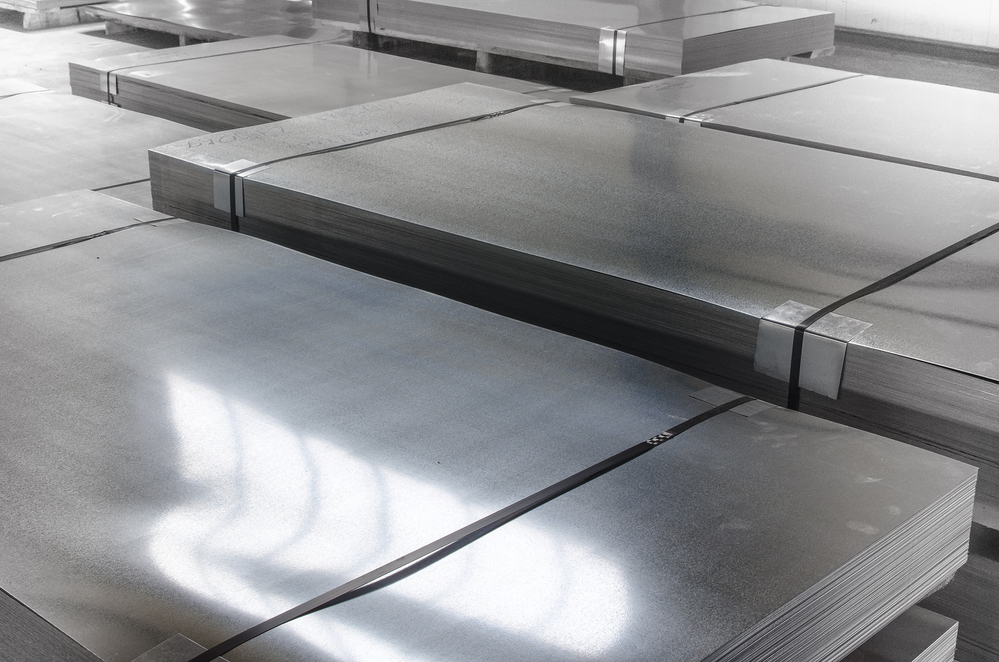4130 Steel (Chromoly): Properties and Applications
4130 steel, otherwise known as Chromoly or chromium molybdenum steel alloy, is made with 0.8 to 1.1% chromium and 0.15 to 0.25% molybdenum as strengthening agents.
Its steel properties make it a versatile metal, especially mechanical properties such as high ductility, good weldability, and machinability.
This article provides an overview of 4130 steel properties, and some of the manufacturing processes, treatments and typical applications.
It covers the main physical and mechanical properties to help you decide if Chromoly is a suitable material for your specific application.
There are pros and cons to the different types of heat treatment available when it comes to 4130 steel. This article describes the different heat treatment processes, namely annealing, normalising, hardening, and tempering.
What is Chromoly (4130 Steel)?
Chromoly is low-alloy steel that is strengthened by its main alloying elements, chromium and molybdenum - thus the name Chromoly.
It belongs to the 41xx steel alloy family. Its strength-to-weight ratio is higher than standard stainless steel or mild carbon steel. This allows for lighter material while maintaining high strength.
However, Chromoly is more brittle than mild steel. Still, it is very useful in a wide array of applications. Due to its low carbon content, it can be easily welded using both TIG welding and MIG welding.
Four-digit AISI (American Iron and Steel Institute) numbers are used to designate alloy steels. 41xx is a family of steel alloys, specified by the Society of Automotive Engineers (SAE).
Equivalent standards of 4130 steel include ASTM A1031 Grade 4130, DIN 1.7214, AFNOR 25CrMo4, BS 25CrMo4, EN 1.7214, and UNS G41300.
Applications of Chromoly (4130 Steel)
4130 steel sheets and coils are very hard with high strength and great weldability. That's why they are widely used for:
- Military aircraft
- Commercial jets
- Automotive
- Machine tools
- Hydraulics
- Motorsports
- Aerospace
- Welded tubing (especially in the oil and gas industries)
Steel properties also make Chromoly ideal for fabricating car parts and machine components.
Forging 4130 steel
AISI 4130 steel is forged at a temperature between 950 °C and 1230 °C. If the temperature is at the lower end during the finishing stage, the grain of the steel alloy will be finer.
If the temperature is too low at forging it may affect the uniformity in parts of the structure creating the need for normalisation before heat treating the steel.
Heat treatment of 4130 steel
The reason for heat treatment is to prepare the alloy for machining and to enhance 4130 steel properties. There are four main ways to heat treat steel alloy: annealing, normalising, hardening, and tempering.
Annealing 4130 steel
Once 4130 steel has been forged into parts, sheets or coils, it may be annealed straightaway.
It is transferred from the forge into a furnace and kept at a temperature of approximately 860 °C. It is then held there for a set amount of time until the furnace cools down.
The main reason to anneal 4130 steel is to prepare it for machining. The resulting structure obtained by annealing the steel alloy makes it ideal for forming simple shapes, e.g. sheets or coils.
Sometimes a spheroidizing annealing process at 750 °C would be needed if the cooling temperature hasn’t been uniform across the metal, which results in an uneven structure. Spheroidizing annealing is a slow cooling process that transforms the carbides into spherical shapes.
Normalising 4130 steel
The normalising process heats the steel to a higher temperature than annealing, typically to 900 °C, but this figure can vary by 10 °C either way depending on preferred production outcomes. Sometimes, normalising may take place on rolled or forged steel to condition it before heat treatment.
If this is the case, say before the steel is hardened and tempered, the higher temperature value is used, i.e. 910 °C. If normalising is to be the final treatment, then 890 °C would be used.
The process uses such a high temperature in order to create the conditions for transforming the steel from ferrite to austenite, to be later air-cooled until it's finished.
Hardening 4130 steel
The objective of hardening heat treatment is to alter 4130 steel properties by increasing its hardness. It also increases the tensile strength and brittleness of the steel. 4130 steel hardening treatment creates martensite in the alloy post-quenching.
The steel is normally austenitised to transform all micro constituents to austenite in the range of 815 °C to 870 °C.
Tempering 4130 steel
The main purpose of tempering is to relieve stress from the metal after hardening. It also starts the process of creating the required mechanical properties.
The temperature for the tempering process depends on the properties desired. In many cases, 4130 steel alloy manufacturers experiment with different tempering temperatures to yield various results.

Machinability of Chromoly
Chromoly properties make it straightforward to machine conventionally unless it has been significantly hardened.
Annealed 4130 has a machinability rating of 72%, which is increased if further hardening takes place due to the formation of martensite.
Weldability of Chromoly
4130 steel is easy to weld due to its low carbon content. This makes it popular in sheet, coil, or tube form as it can be used to fabricate sections of aircraft or pipework for the oil and gas industry.
4130 steel properties
Here are the values for some of the main properties of Chromoly:
- Density – 7.85 g/cm3
- Hardness – 217 (Brinell scale) – 95 (Rockwell B)
- Ultimate Tensile Strength – 540 MPa
- Yield Tensile Strength – 460 MPa
- Modulus of Elasticity – 205 GPa
- Machinability – 72% (in annealed state)
Conclusion
4130 steel properties make it the perfect choice for automotive, aeronautic and aerospace engineering as it is tough, easily machined and weldable. When heat-treated, Chromoly develops mechanical properties that make it a very strong metal, although it can lose some of its machinability.